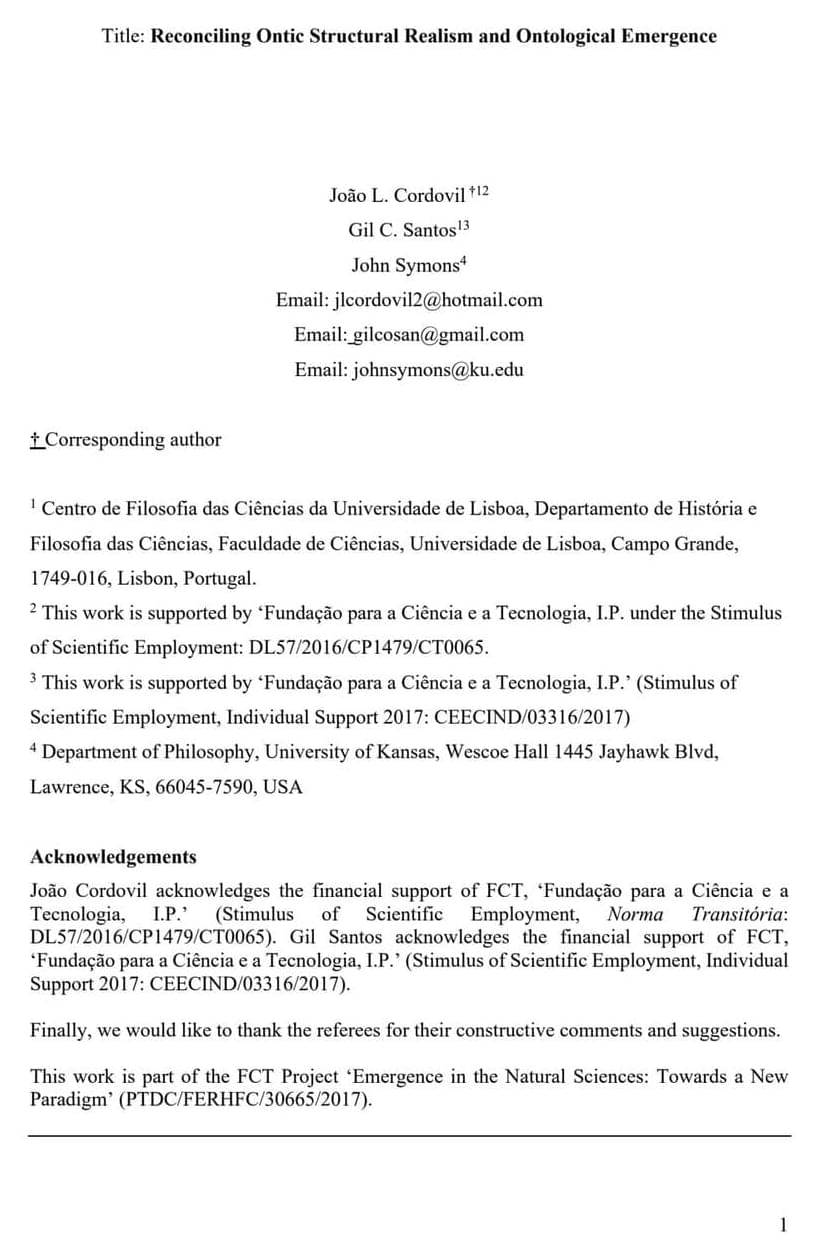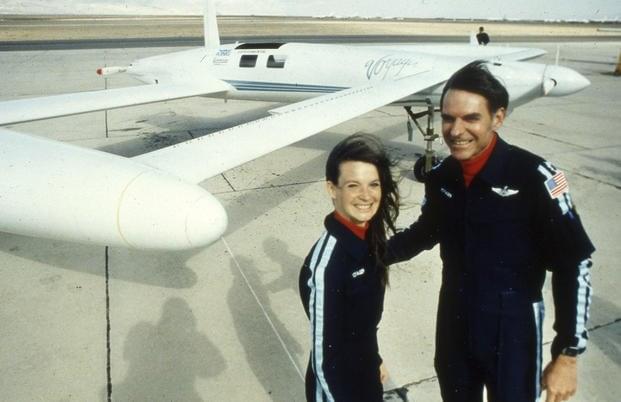A recent book diagnoses a blind spot in our knowledge and calls for a revolution that includes human subject experience in the equation.



MIT researchers have developed a computational approach that makes it easier to predict mutations that will lead to optimized proteins, based on a relatively small amount of data. Credit: MIT News; iStock.
MIT researchers plan to search for proteins that could be used to measure electrical activity in the brain.
To engineer proteins with useful functions, researchers usually begin with a natural protein that has a desirable function, such as emitting fluorescent light, and put it through many rounds of random mutation that eventually generate an optimized version of the protein.


Center for natural and artificial intelligence.
Center for natural and artificial intelligence.

Tesla’s heavy investment in AI and autonomy, potential for full self-driving capability, and innovative business model have the potential to revolutionize multiple industries and generate massive revenue through software subscriptions and other ventures.
Questions to inspire discussion.
What is Tesla’s focus on AI and autonomy?
—Tesla is heavily investing in AI and autonomy, with plans for a fleet of autonomous vehicles and humanoid robots generating massive revenue through software subscriptions.

They arrived back to a hero’s welcome as thousands gathered to witness the landing. Both Rutan brothers and Yeager were each awarded a Presidential Citizens Medal by President Ronald Reagan, who described how a local official in Thailand at first “refused to believe some cockamamie story” about a plane flying around the world on a single tank of gas.
“We had the freedom to pursue a dream, and that’s important,” Dick Rutan said at the ceremony. “And we should never forget, and those that guard our freedoms, that we should hang on to them very tenaciously and be very careful about some do-gooder that thinks that our safety is more important than our freedom. Because freedom is awful difficult to obtain, and it’s even more difficult to regain it once it’s lost.”
Richard Glenn Rutan was born in Loma Linda, California. He joined the U.S. Air Force as a teenager and flew more than 300 combat missions during the Vietnam War.

Researchers at Tohoku University have made a groundbreaking advancement in battery technology, developing a novel cathode material for rechargeable magnesium batteries (RMBs) that enables efficient charging and discharging even at low temperatures. This innovative material, leveraging an enhanced rock-salt structure, promises to usher in a new era of energy storage solutions that are more affordable, safer, and higher in capacity.
Details of the findings were published in the Journal of Materials Chemistry A on March 15, 2024.
The study showcases a considerable improvement in magnesium (Mg) diffusion within a rock-salt structure, a critical advancement since the denseness of atoms in this configuration had previously impeded Mg migration.